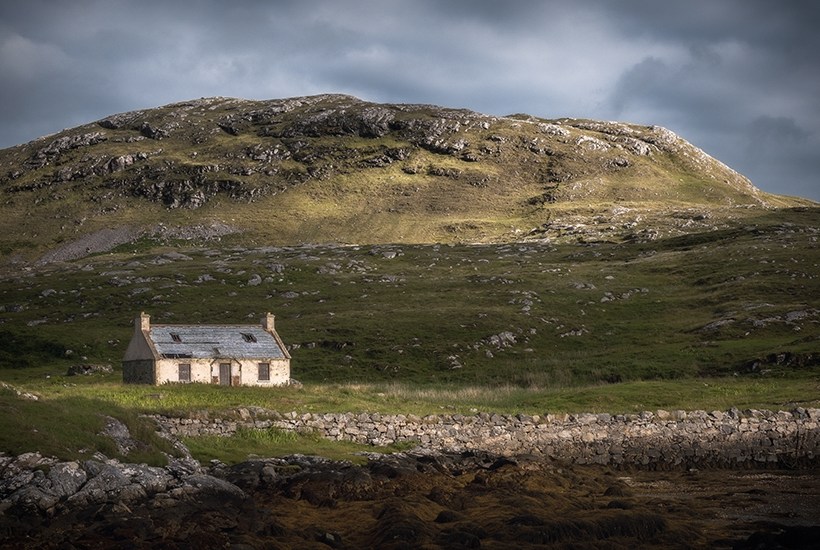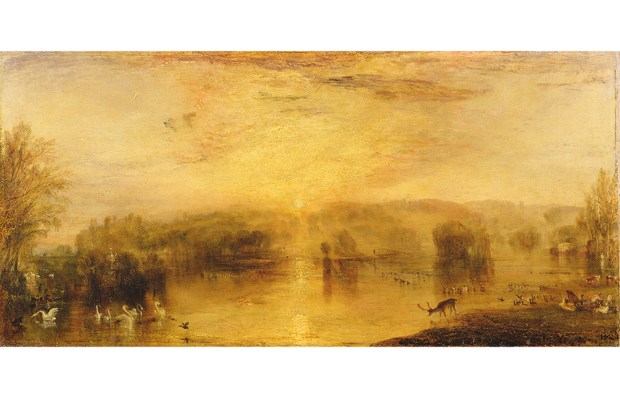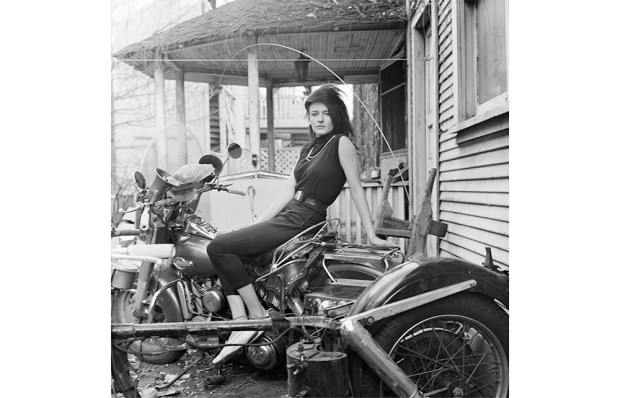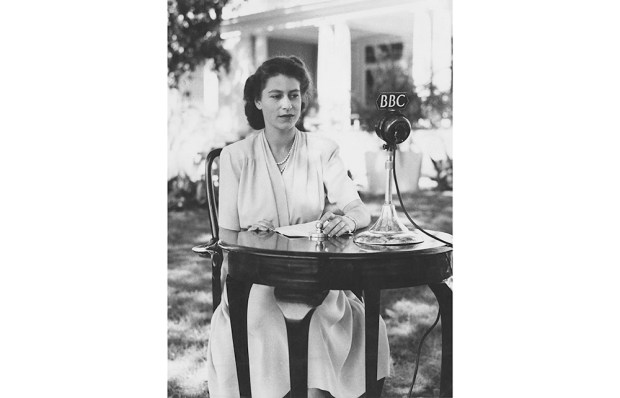Some accounts of moving to the countryside are aspirational and inspiring, but this book is more of a ‘how not to’ guide. Within a few pages it’s clear that Tamsin Calidas’s decision to decamp with her husband to a tiny Hebridean island is highly ill-advised. They take on too much: buying a derelict croft, hoping to renovate the place and live self-sufficiently, with no farming experience. It’s not much of a surprise, especially to anyone with experience of life in the Scottish islands, when the relationship founders and her husband leaves.
It’s a gripping start. Surely she won’t remain on the croft alone? Surely things can’t get worse? Astoundingly, both happen. Calidas suffers an unbearable catalogue of misfortune, including divorce, heartbreaking infertility, injury, the death of friends and family, poverty and hunger (at one point eating leaves and bark) and ostracism on the island. She is brought to the brink of suicide. It is tough yet compulsive reading, carried by crisp, vivid prose.
The idea of bringing an old croft back to life is something many dream of. The couple initially think they have found ‘our slice of heaven… cut adrift from the rest of the world’, and in doing so make the classic mistake of moving to a small island to ‘get away from it all’ when the reality of island life requires more interaction with, and support from, neighbours than anywhere else. Calidas finds the manner of Gaelic life, where ‘exchanges are economical and words are chiselled’, very different to the London media world, and the culture clash is cringingly palpable. She writes skilfully and honestly about the sense of the unspoken, and of being unable to fit in, and we feel her relief when she meets another woman, with ‘an educated, English accent’, with whom she bonds.
The island is never named, probably because the book describes several disturbing incidents of abuse and harassment from locals. (The title page carries an unusually long legal disclaimer.) The anonymity is a shame, as each Hebridean island has a distinct character and history, and without these specifics the place becomes more of a generalised backdrop for an individual’s experience. Readers of course wonder about the story from the point of view of the other islanders. Calidas’s back-to-nature ideology and farming methods, including deciding not to sell the sheep for meat, would certainly mark her as different but not deserving of such treatment. We speculate about what has been left out.
A telling incident comes when Calidas decides not to accept help from other islanders unless she pays them. Earlier she writes:
Even kindness can be double-edged. It may be offered freely and genuinely, or it may be laid with a trip wire and snare. I am wary of accepting favours and help. Kindness that comes with strings attached can be subtly coercive. It creates its own debts, dependencies and bonds.
But a Hebridean island is about more than just the land and the natural elements: it’s made of community and culture, which is what the author misses, and the lack of these ‘debts, dependencies and bonds’ leads to much of the suffering.
She has chosen the hard way but, amazingly, sticks it out. Fifteen years later she is still on the croft. Her hard work and determination are impressive. It is a narrative of surviving through her own resilience, rarely admitting to any mistakes. This is a story of someone who has found her own way through: she neither leaves nor integrates. But in these past two decades, the populations and lifestyles in the Scottish islands have grown increasingly diverse and Calidas represents a new type of islander.
The final third of the book becomes something different and transformative, describing years of solitude and deeper and deeper immersion in nature, where time periods and relationships are often hazy. She swims in the sea daily, adopts a rook, forages for food, plants crops according to the phases of the moon and rears animals. She attunes her senses to the natural world in a way that most people, to their loss, will never experience, taking night walks tracking deer simply to observe them: ‘Night vision has become a tonal score of shadows, resonating with sound.’
Gradually she recovers from the trauma of her past and finds her own understanding of ‘the old ways’. She begins to appreciate the harshness of her island home, where ‘the landscape wears no airs and graces. It offers no false promises. I recognise in its stark simplicity a way of life I have grown to love beyond words.’ There is an admirable purity to Calidas’s persistence; and while I started reading thinking she was rather foolish, I ended up wondering whether she might not be uncommonly wise.
Got something to add? Join the discussion and comment below.
Get 10 issues for just $10
Subscribe to The Spectator Australia today for the next 10 magazine issues, plus full online access, for just $10.
You might disagree with half of it, but you’ll enjoy reading all of it. Try your first month for free, then just $2 a week for the remainder of your first year.














Comments
Don't miss out
Join the conversation with other Spectator Australia readers. Subscribe to leave a comment.
SUBSCRIBEAlready a subscriber? Log in